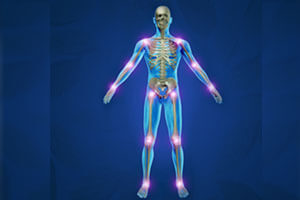Benefits Of Floatation Therapy





In fact, research that examined the effects of placebo treatments as compared to floatation therapy showed that the floating sessions relieved muscular pain related to stress in patients suffering from burnout depression. Patients that underwent therapy for six to 12 weeks, had less pain, as well as reduced blood pressure levels, more energy, less anxiety and lower stress levels.


For hundreds of years, bathing in Epsom salt was used therapeutically, and one of the primary reasons it was so healing was because it naturally increases magnesium levels. It may also be at least partly behind the reason it’s so effective for treating insomnia. Magnesium has been found in multiple studies, including 2009 research from the Medical University of Lublin in Poland, to help one sleep due to its ability to relax GABA receptors in the brain and the nervous system, promoting a sense of calm and virtually slowing down the mind and body so that you can relax enough to fall asleep. You may also find that your complexion has improved, you feel less anxious and your blood pressure is at a more optimal level, along with many other positive impacts getting enough magnesium can bring.







